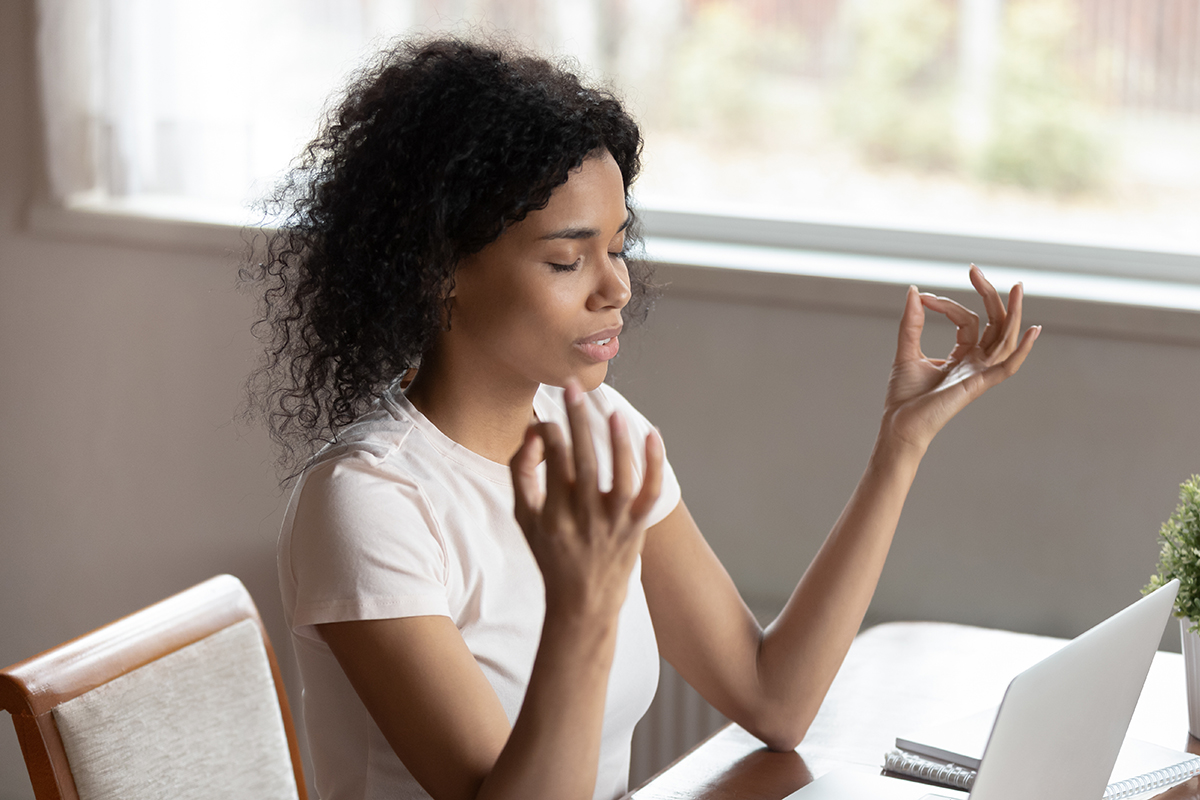Ways You Can Fend off a Panic Attack | Dealing With COVID-19 Anxiety
If you’re prone to panic attacks, you know how terrifying the experience can be. The overwhelmingly intense surges of fear and anxiety can come on suddenly. The resulting symptoms, such as sweating, shaking, racing heart rate and shortness of breath, might make you feel like you’re dying. For some, the global anxiety created by COVID-19 may make you experience this even more often. Next time you have a panic attack, here are some techniques you can try to help yourself feel better.
1. Close Your Eyes
Your anxiety might peak depending on your environment and how you react to it. Have you been diving into news coverage that stresses you out? Some panic attacks come from an abundance of overpowering stimuli. If you feel the symptoms threatening to emerge, try sitting down and closing your eyes for a few deep breaths.
2. Be More Mindful of Your Surroundings
One characteristic many panic disorder sufferers share is a feeling of detachment from reality during an attack. If this is the case for you, try focusing your attention on a few physical sensations, such as the texture of the fabrics you’re wearing. This technique can help you feel more grounded in the world around you.
3. Breathe
Hyperventilation is a common panic attack symptom, so it stands to reason that you can counteract it by taking slow, deep breaths. Try this technique for controlling your breathing when you’re feeling anxious about coronavirus or anything else. Focus on taking full breaths in through your nose and out through your mouth, feeling the air slowly fill your lungs and then leave your chest cavity again. Breathe in for a count of four, hold for one second, then breathe out for a count of four. Deep, controlled breathing sends signals to the brain that it’s time to slow your heart rate and reduce your blood pressure.
4. Learn to Relax Your Muscles
Much like deep breathing, muscle relaxation techniques can be a saving grace if you’re starting to feel panicky. Consciously relax one muscle at a time, starting with the small muscles in your fingers and toes, and move throughout your body. For optimal effectiveness, start practicing this approach during times when you feel normal and calm, so you can deploy it more readily if your panic disorder is threatening to disrupt your day.
5. Focus on Something Tangible
It can be beneficial to bring your attention to a specific focal point during the intense emotional rush of a panic attack. Pick an object within your sightline, and note all the details about its appearance. For example, if it’s a plant, what color and shape are its leaves? How about the size of the pot it’s growing in? Narrowing your focus in this way can put you in the moment, helping you feel more in control of the symptoms of your panic attack.
You Are Never Alone
Emotional ups and downs are part of life, especially during the age of COVID-19. If you are living with a diagnosis of a psychiatric disorder such as depression, PTSD, anxiety or bipolar disorder, you can learn the tools to overcome your hurdles and feel a greater sense of connection to the world around you. At Serene Behavioral Health, our professional team can create a personalized plan that addresses your unique needs and enables you to make a complete recovery, even during the coronavirus outbreak. Contact us today to learn more.
















